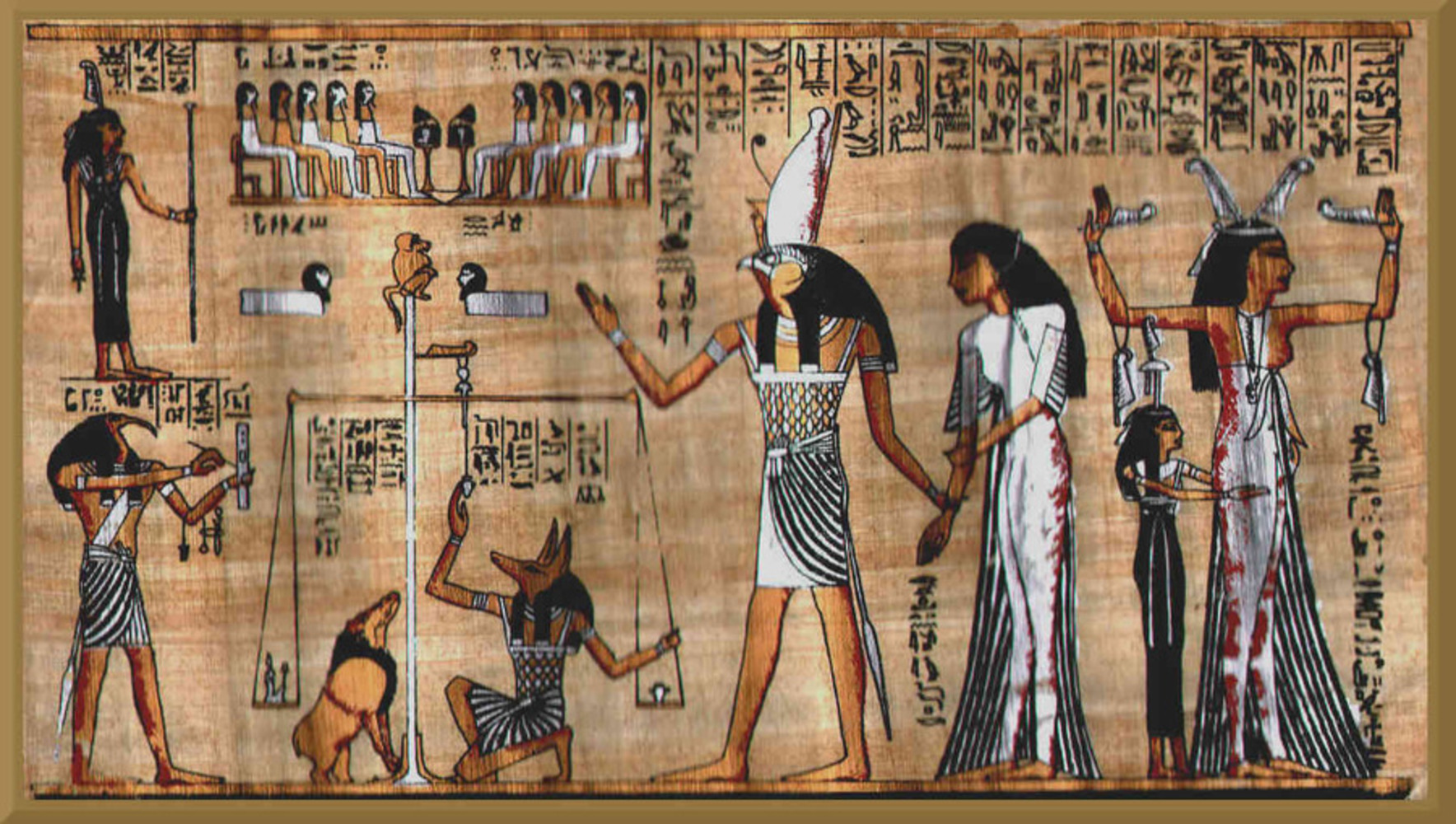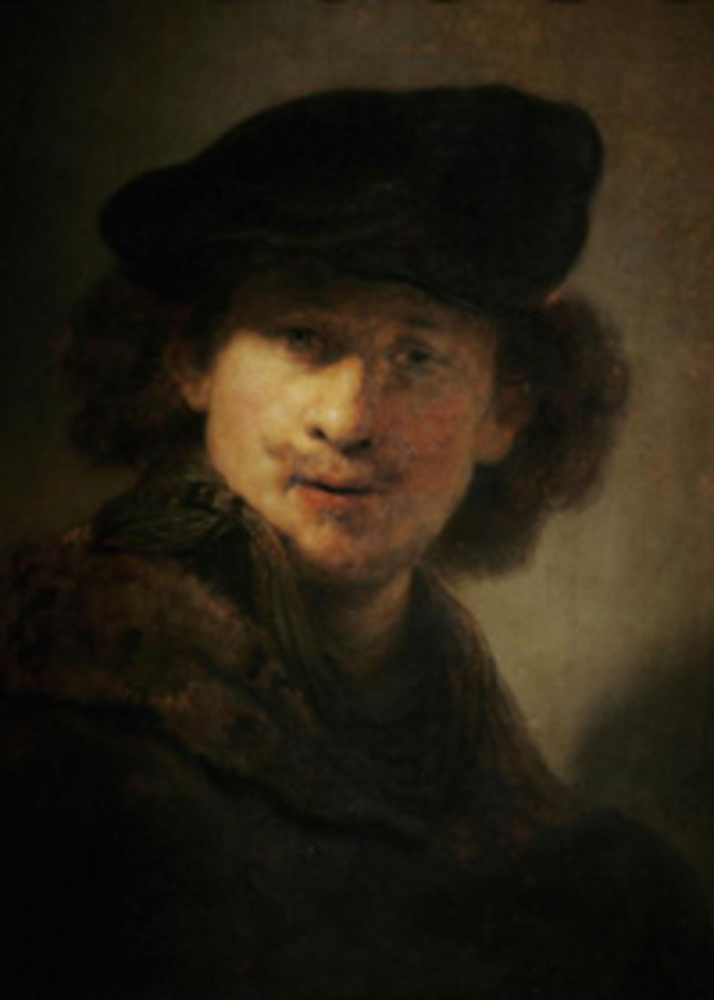Intention
Basically I wanted to tackle one of the oldest and probably most overlooked (pun) optical illusion out there: The eyes following you across the room. The focus of this was to give an explanation for why this occurs because I am sure it is something that everyone has wondered at one point or another in there lifetime. However people (me until now) could not be bothered to try and google it themselves so I want to bring light to why this happens and maybe inform some people. My goal was to inform on how this optical illusion works and then give examples of it in the real world and in art.


